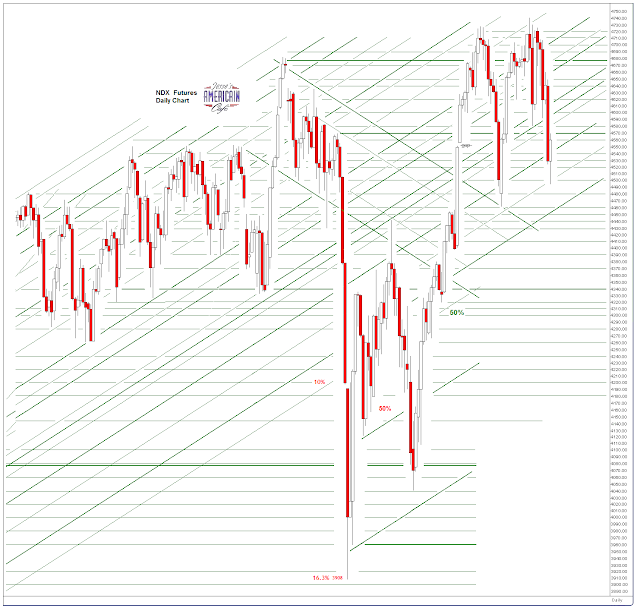"I am talking about the data over the past seven years that show JPMorgan of having sold short on every silver rally to cap those price rallies to the extent that the bank held short positions that sometimes totaled over 200 million ounces and more than 30% of the entire market. And then the bank buying back every short position it added at a profit, never once taking a loss. Now this crooked bank has amassed more than 400 million ounces of physical silver at the depressed prices it created itself by continuing to short futures on the COMEX.
So let’s get back to why JPMorgan has been silent in the face of allegations that would constitute libel if they weren’t true. There is only one possible explanation – the bank just doesn’t want to go there. To react in any way to allegations that it is crooked in silver would bring outside attention to this issue. Any blowback from JPM against me would invite an investigation by the media and the investment community into what this issue is all about. I believe JPMorgan knows this and is doing what it can to prevent exposure, namely, allowing the allegations to go unanswered."
Ted Butler, An Unprecedented Circumstance
I doubt any of the Banks fear the media these days. Except for a few mostly independent holdouts, investigative journalism in the US is subdued, if not comatose.
More likely they fear provoking a real 'discovery process.'
I am surprised that one of the commodity producing countries has not raised the issue of global price manipulation with the WTO, since besides the mining companies, they have the most to lose.
FOMC meetings with an announcement on Wednesday at 2 PM.
What is surprising is not that men and women will lose their souls, the only thing that they can ever possess that in the end really matters.
No, what is truly surprising is that they do so almost without a care or a thought, and for so little. Almost as if their humanity was somehow a weakness, and their conscience a liability to be feared.
Have a pleasant evening.













































